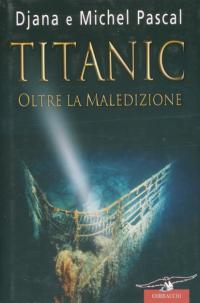Shipping revolution
the modern merchant ship
Shipping revolution
the modern merchant ship
- Disponibile in 7 giorni
- Possibilità di reso entro 10 giorni lavorativi
- Transazione sicura con carta di credito, Paypal o bonifico bancario
- Spedizione tracciata con SDA
Since the end of the Second World War the pattern of international trade - and the ships in which it is carried- has changed dramatically. Competition from air travel gradually displaced the liner, but with increased leisure passenger ships staged a comeback in the form of cruise ships. The burgeoning demand for oil fuel produced the supertanker, while moves to streamline cargo handling led to containerization and other forms of unitized shipment for many general trades. However, entirely new ship types were also developed to carry cargoes as diverse as cars and chemicals, livestock and nuclear waste. The postwar rehabilitation of the world's merchant fleets initially involved traditional ship types, but this volume charts the accelerating pace of change from about 1960 onwards. While primarily describing the rapid advances in maritime technology, it also points to the political, economic and social reasons for these, and looks at likely developments in the future.









